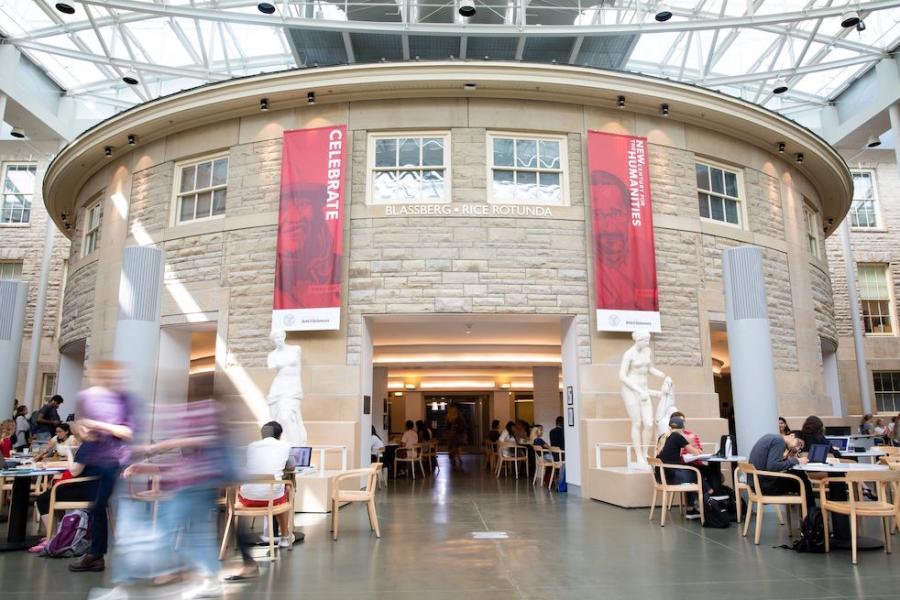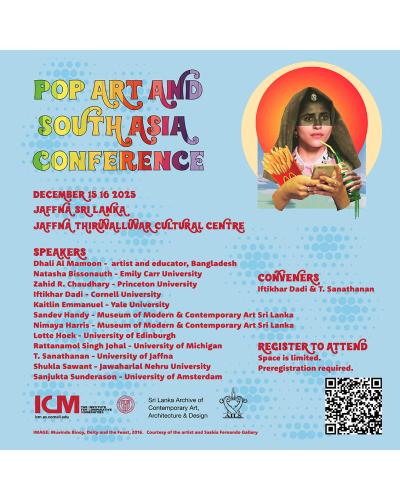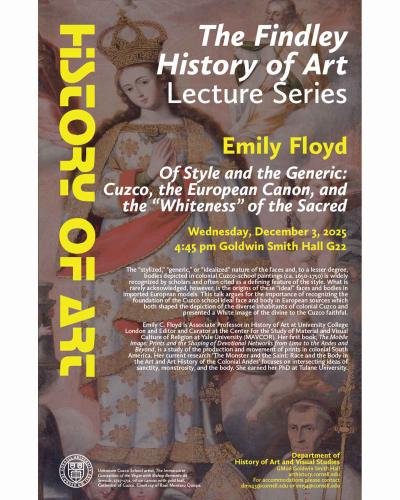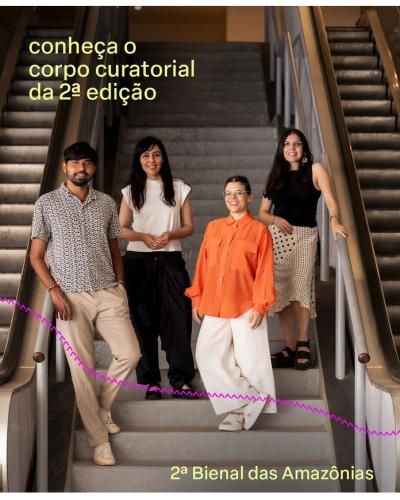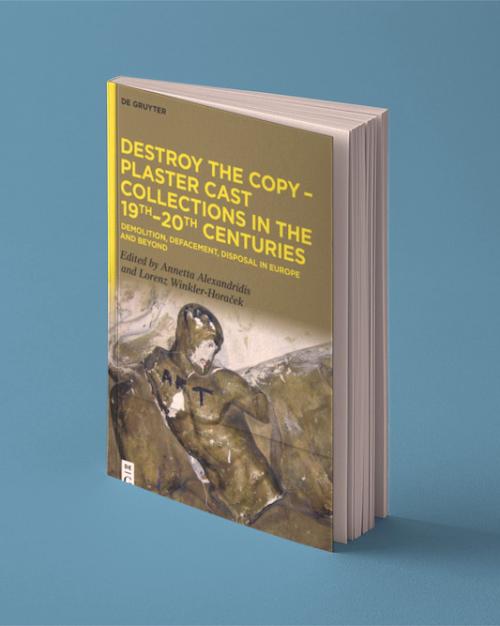The opening of Cornell’s Museum of Classical Archaeology in 1892 brought a wealth of world art and history to rural upstate New York, with about 800 plaster replicas of sculptures and inscriptions, big and small, well known and recently excavated from the ancient Near East, Egypt, and ancient Greece and Rome.
“You can imagine what such a collection meant for Cornell in the late 19th century,” said Annetta Alexandridis, associate professor of history of art and visual studies in the College of Arts and Sciences.
Now, however, Cornell’s collection is in a state of disrepair, and so are similar cast collections around the world, Alexandridis said: “It forces us to constantly think how to make such an assemblage of replicated European sculpture relevant again.”
In “Destroy the Copy: Plaster Cast Collections in the 19th and 20th Centuries,” Alexandridis and other scholars consider how the destruction of replicated European sculpture collections by neglect, conflict or vandalism can say as much about aesthetics, politics and colonialism as their creation. The book chronicles an international conference held at Cornell in 2010 and another in Berlin in 2015.
Alexandridis, who co-edited the book with Lorenz Winkler-Horaček of the Free University Berlin, will talk about the book on March 22 at 4:30 p.m. in Olin Library 107 (with a virtual option). She will be joined by Hannah Hume ’14, a contributor to “Destroy the Copy.”
The College of Arts and Sciences spoke with Alexandridis about the book.
Question: What are plaster casts, and how do they connect us with ancient art?
Answer: Plaster casts are 1:1 (almost) replicas of 3-dimensional objects. A mold is taken from the “original” or prototype and serves for multiple replications. In the 19th and early 20th century, the time most of the Cornell casts were made, these would have been piece molds made of plaster themselves and then put together like a puzzle in 3D and in the negative.
This kind of replication of famous works of art made them accessible and affordable for a larger part of society, be it for their home decoration, for museums, and of course for teaching and research at art academies and universities.
All in all, we can truly speak of a democratizing effect of plaster casts here. On the other side, replication of the same repertoire or canon of sculptures one would be exposed to could also cause rejection – at times violent. At art academies, students and even some teachers felt that learning to draw from the same plaster casts over and over was like a straight jacket. The myth of “originality” also contributed to the increasing critique of cast collections as spoiling artistic “genius.” Some of the unease is inextricably connected to the ambivalent status of casts between copy and substitute, specimen and art. As extremely faithful replicas they functioned as surrogates for their prototypes, at times acquiring an even higher value whether as aesthetically more satisfying art or as ‘objective’ scientific evidence.
Nowadays, when “copy and paste” has become a wide practice, in daily life and in art, the pendulum has swung back and replicas or the concept of multiples and replication, against the idea of the one, godlike, author/artist genius, have become more interesting again. Think, for instance, of the “Sculpture Shoppe” show that my colleague Verity Platt [professor of classics (A&S)] and MFA student David Nasca organized last summer at the Ithaca Mall with contemporary artists.
The practice of making plaster casts also creates a connection to ancient art. The technique of plaster casting is a very old one; already known in ancient Egypt. The Romans used it to copy Greek works of art and circulate those copies, which would then serve as models for marble sculpture.
Finally, casts preserve one moment in time of their prototypes. This historical or documentary value has always been important, especially when the prototypes have been altered, damaged or destroyed by external influences such as the environment or war. With the destructions done to cultural heritage, for instance by the Taliban or ISIS, this aspect of casts/replicas has gained renewed importance.
Question: Why is it productive to look at a collection’s lifecycle not from the origins and development but rather from its other end, its destruction?
Answer: Research on plaster casts, a veritable subfield of classical archaeological art historical research, has for a long time been focused on the history of individual collections, in a very Eurocentric way. In the last 10-15 years, the perspective has changed to include non-European collections and also questions of distribution, commodification, etc. And yet, destruction and discarding has never been thematized as a subject on its own. The narrative was usually one of immense success and subsequent fall from grace – with an eventual revival. We wanted to understand the destruction of classical casts as one fundamental part of the reception of classical antiquity rather than its end.
We should look at casts not only backwards, as a reference to their prototype, but forwards, as objects in their own right, with their own, individual history. At Cornell, for example, casts of the figures from the West pediment of the temple of Zeus at Olympia had pride of place since the opening of the Museum of Classical Archaeology in 1892. These figures represent an important monument of classical art history that provides links to famous Greek myths to a central site of Greek life and culture, and this way also the reception of classical antiquity, such as the Olympic games in modern times.
These figures are equally important for the history of the discipline of archaeology. The Olympia figures were reproduced multiple times soon after having been excavated. They are the result of a landmark treaty between Greece and Germany in 1875. During what we could consider the most colonialist period of Classical Archaeology, the excavating nation was not allowed to remove the finds – but it was granted the right to make molds and sell the casts.
Finally, the Cornell casts have their own unique history that usually provides the easiest point of reference for the students. The “temple of Zeus” for Cornellians has nothing to do with ancient Greece or Olympia; it is the name of a café on campus.
Simultaneously to understanding casts as originals, we should embrace them as replicas more seriously. These replicas after all helped to establish a canon of Western art and ‘naturalism’ as a global visual language. At the same time, as replicas they undermined what was considered to be at the heart of Western art: invention and originality. Studying the culturally different reactions to this paradox opens up new ways to look at casts and ultimately their prototypes. What we can trace is a history of appropriations on multiple levels, but also one of erasure and resistance, especially in colonial contexts.
That brings us to the dark side of the “democratizing” effect of plaster casts: the multiplication and wide circulation helped establish and reify – at times unconsciously – a canon of art through an effect Cornell professor James Cutting once called “mere exposure.” As a result, cast collections, in colonial contexts, as in Europe, helped visualize, multiply, disseminate and thus legitimize ideas about racial and cultural superiority of Western civilization, in particular the European or white body.
Question: What role does Cornell’s plaster cast collection play in this book?
Answer: For me, working with Cornell’s collection initiated this whole process of learning and unlearning. A lot of the thinking that went into the volume results from these experiences, including conversations with cast conservator Kasia Maroney and my colleague and co-curator Verity Platt, who both continue to be an inspiration. For example, we co-curated two exhibitions with students in 2014 and 2015 for Cornell’s sesquicentennial: “Firing the Canon: The Cornell Casts and Their Discontents,” and “Cast and Present at the Herbert F. Johnson Museum.”
The most inspiring experience, however, is always to expose students to this collection in our classes. Since these students come with so many different backgrounds, this always forces me to think more critically and conceptually about the collection, its holdings, and its history.
The best example is Hannah Hume’s ’14 contribution to “Destroy the Copy.” She wrote her anthropology honors thesis about the cast collection. Rather than just telling its history, she looked at what students thought about the collection – and how that perception changed from the late 19th into the 21st century. She studied the personal letters of past students and polled current students to find out what they thought the casts were (for). That was a real eye-opener.
Casts have proven to be very resilient, and they won’t go away easily. So, we’d better be creative with them, and also ready to rethink them constantly.


